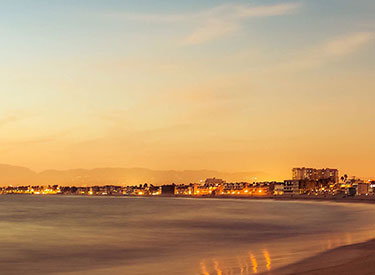


While going on a tour or cruise can often be a relaxing vacation option, sometimes there’s nothing better than taking to the road on a self-drive holiday.
Our personal travel managers have developed countless self-drive itineraries for their clients; here are their top tips to make your next journey on the open road a seamless experience.
1. Preparation is key
If you’re hiring a car, take a few pictures of any bumps or scrapes when you collect it. The photos are date stamped and you will have evidence that you are not responsible for any previous damage.
If you’re taking your own car, make sure you’ve done the basic mechanical checks first. Ensure your tyres have enough tread, are pumped up and the spare is still in working order. Top up the oil and water, make sure all the lights and indicators work and that your brakes are in tip top condition.
If you’re planning to drive overseas, get an international drivers licence as this is a legal requirement in many countries. You can purchase yours from the relevant associated member of the Australian Automobile Association in your state.
2. Safety is paramount
Check the road conditions before you head off each morning. From traffic and icy roads, to rockslides and floods you’ll have much more control over how your trip plays out if you have a firm grip on the conditions ahead of you.
Leave a local newspaper on the passenger seat of the car – this will fool potential thieves into thinking the car belongs to a local instead of a cashed up tourist. And never leave your bags unattended on the back seat, as this may void your travel insurance policy.
3. The road less travelled
Highways are great from getting you from A to B quickly, but back streets enable you to really discover the local area. If you have time to get to know a region, make sure you exit the main drag and wind your way through the suburban roads.
Cap your driving at 400kms per day, and give yourself a generous buffer when planning your route to allow for sightseeing and impromptu stops.
Get an English speaking GPS when you’re travelling in non-English speaking countries. Driving requires a high level of concentration on its own, let alone having to remember what you learned in high-school Spanish class. And always have a physical map on hand or download Google Map directions as a back up (we all know how our GPS gets confused sometimes!).
If you’re planning to use motorways, work on the amount and payment method you’ll need for each toll ahead of time.
4. Money in your pocket
Looking for a car park? Try to find a local shopping centre and use their parking lot. This is often a less expensive – and less stressful – option than dealing with street meters and reverse parking.
If you’re planning a significantly long trip within Europe, talk to your PTM about organising a long-term car lease. This generally offers much better value than a daily car rental rate.
To find out more, contact your personal travel manager or find one here.
With thanks to the following personal travel managers for their tips: Amanda Brady, Anne-Maree Selmo, Caroline Cox, Debra Dean, Elle Bradley, Georgina Grandi, Kirsty Whittaker, Lauren Compton, Melinda Rowe, Nicole Edgar and Valerie Galanou.